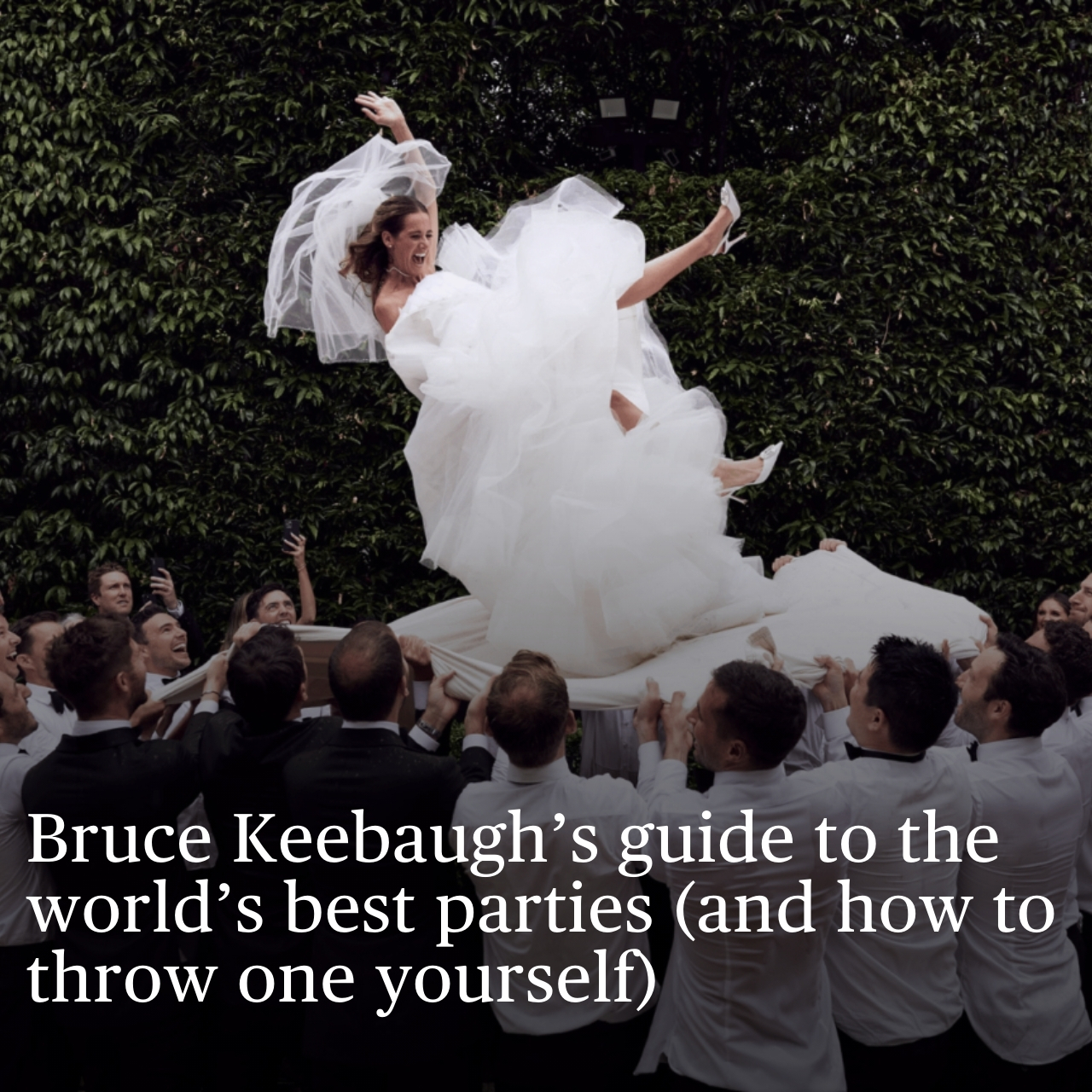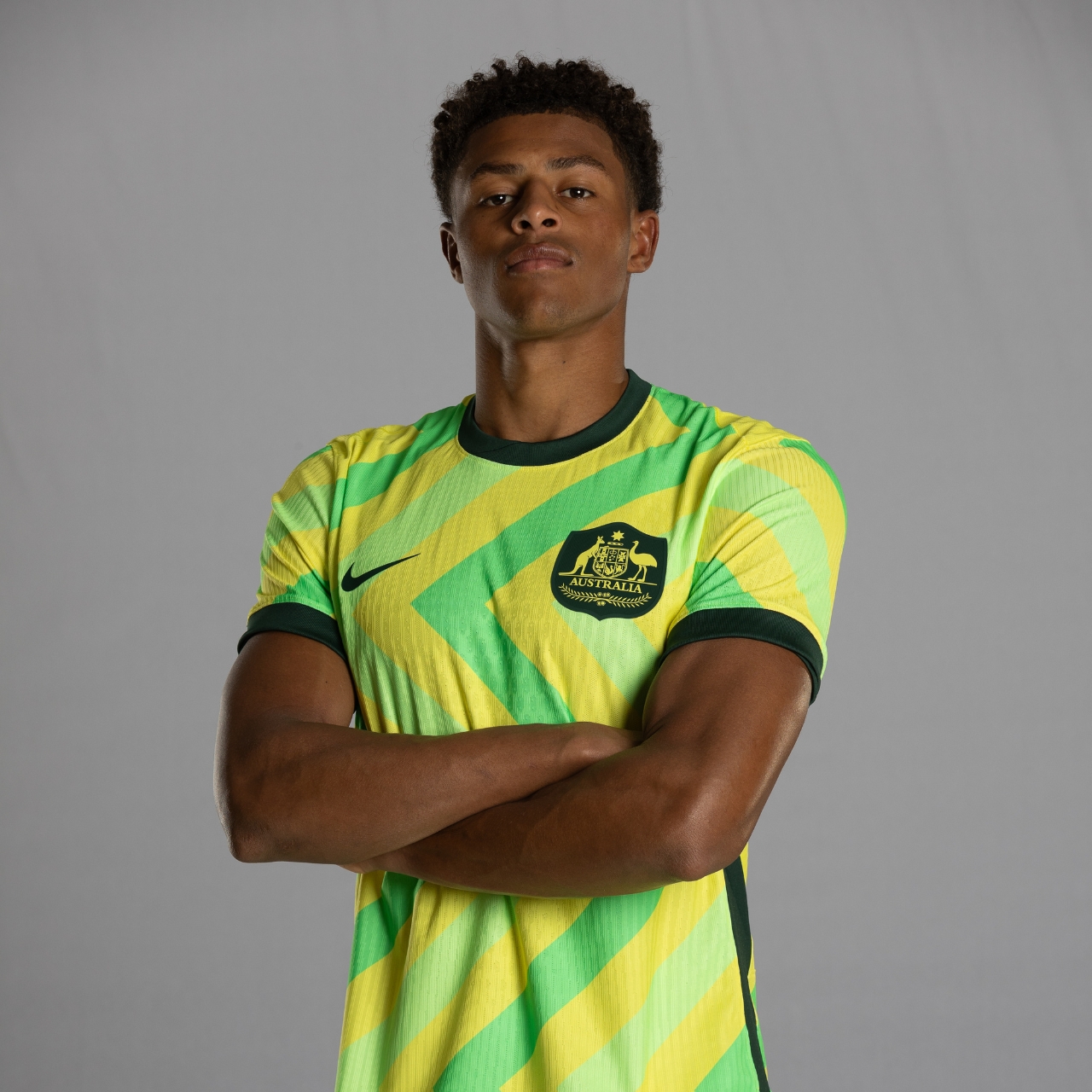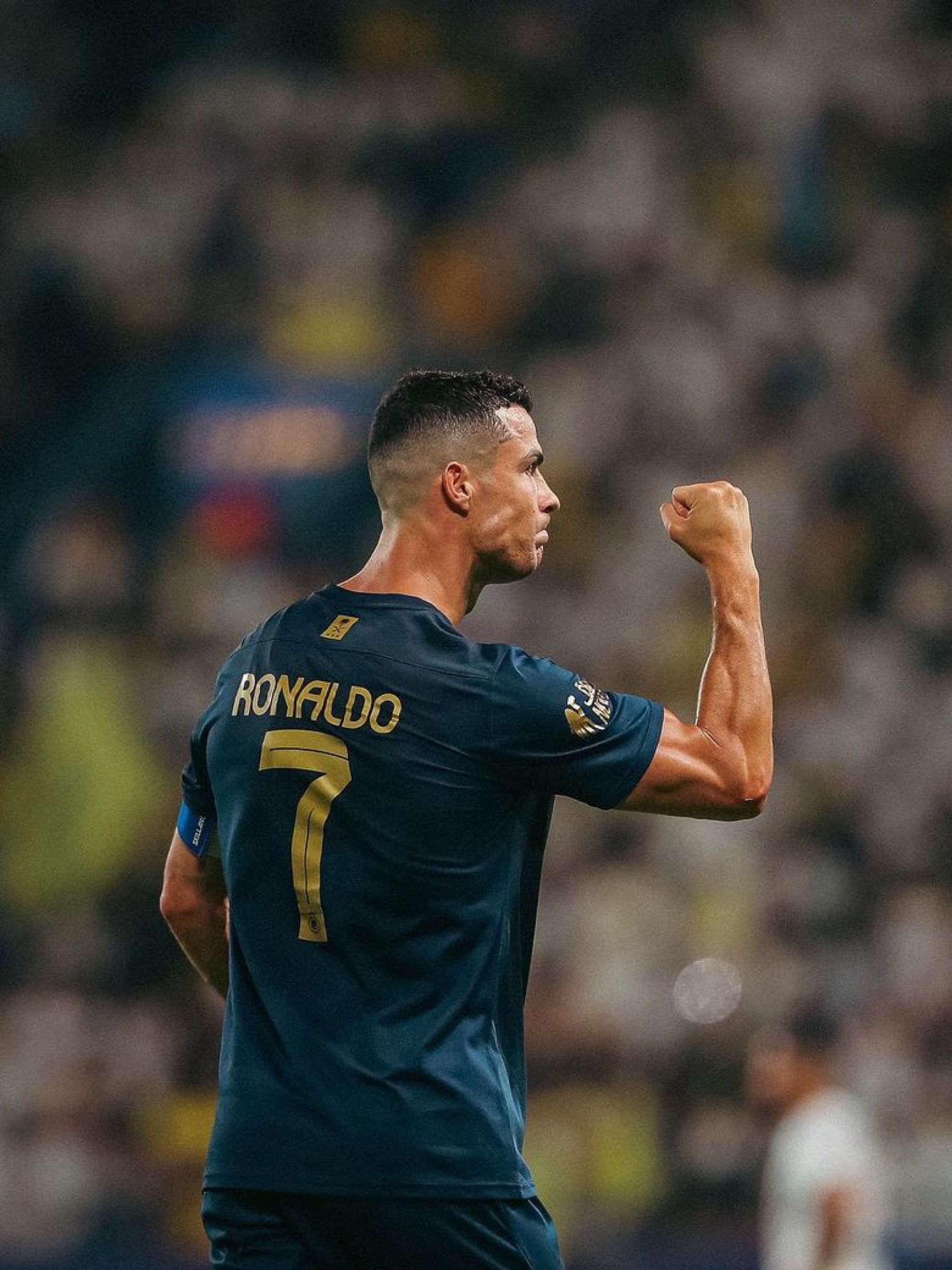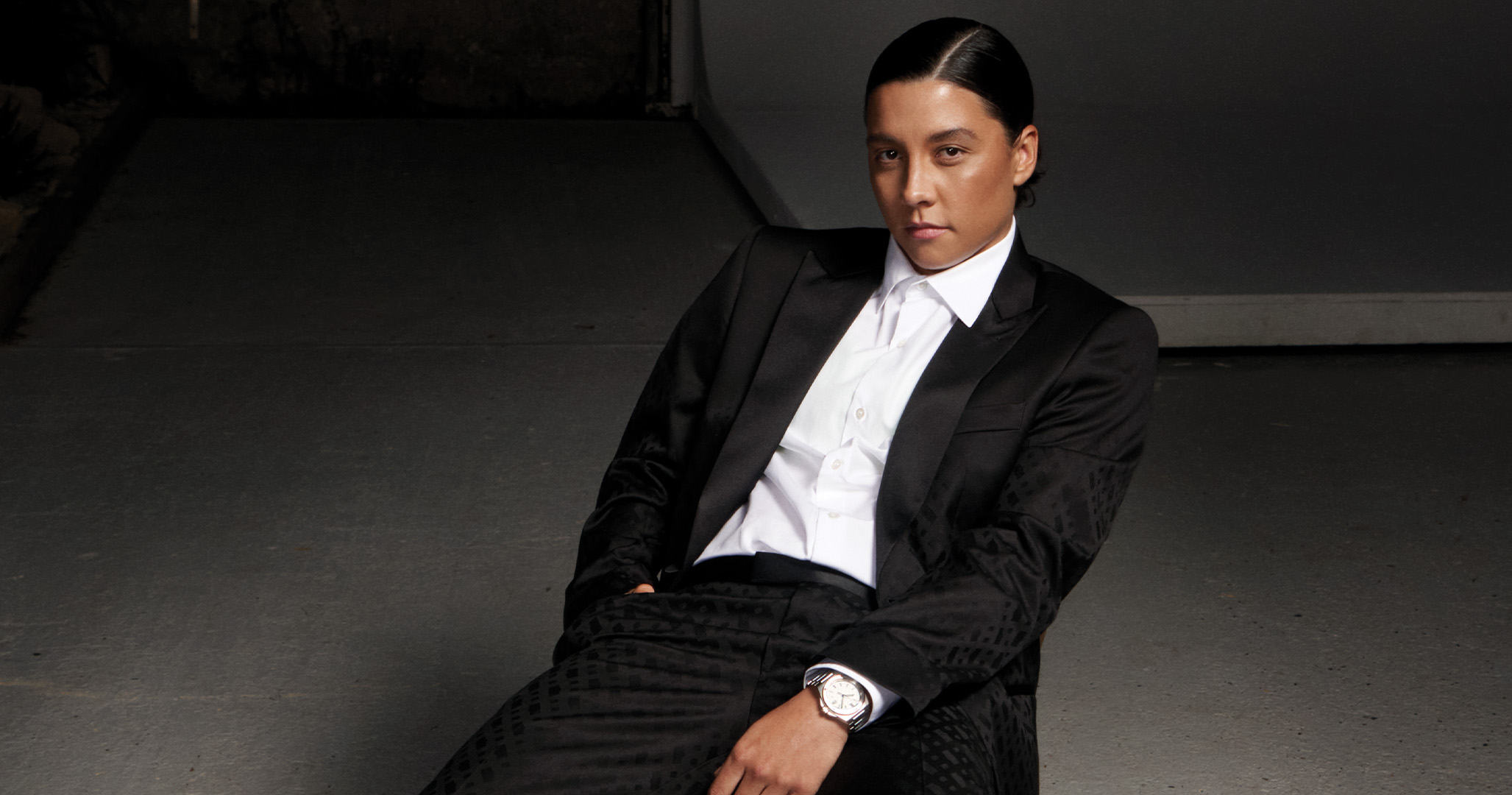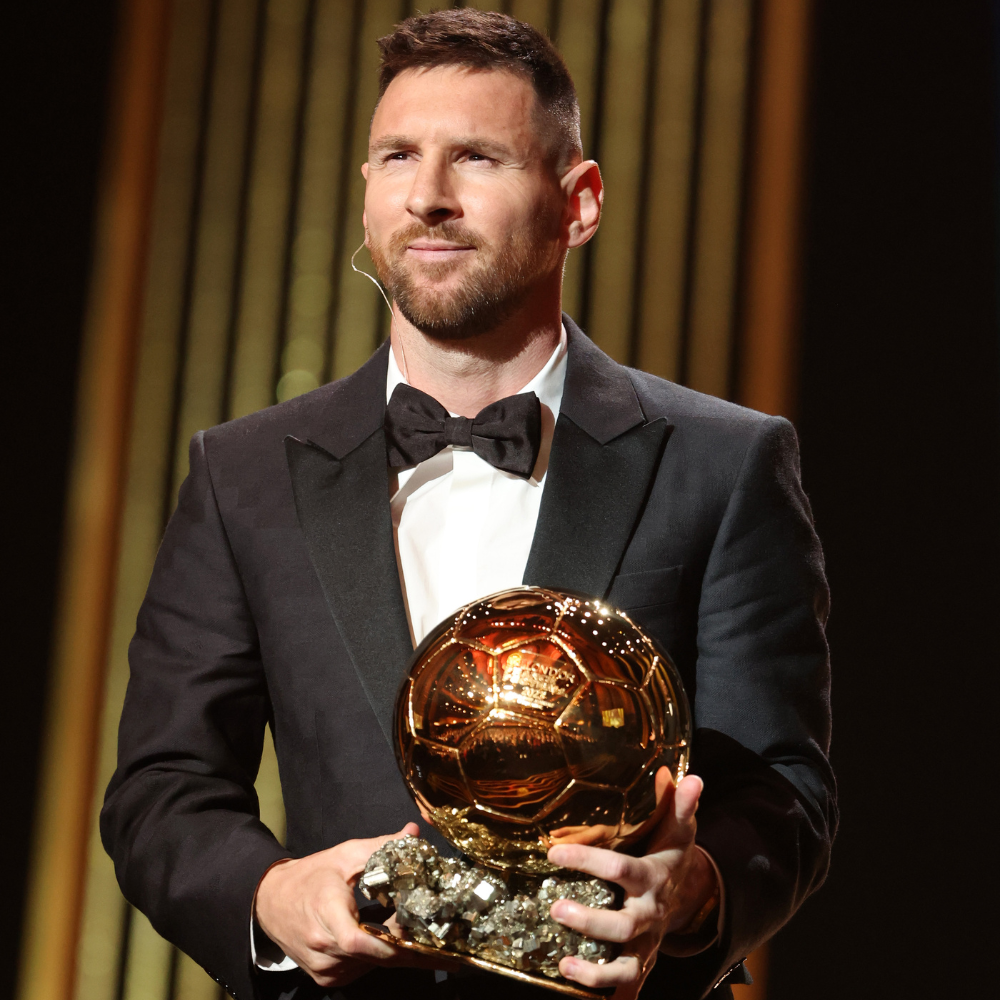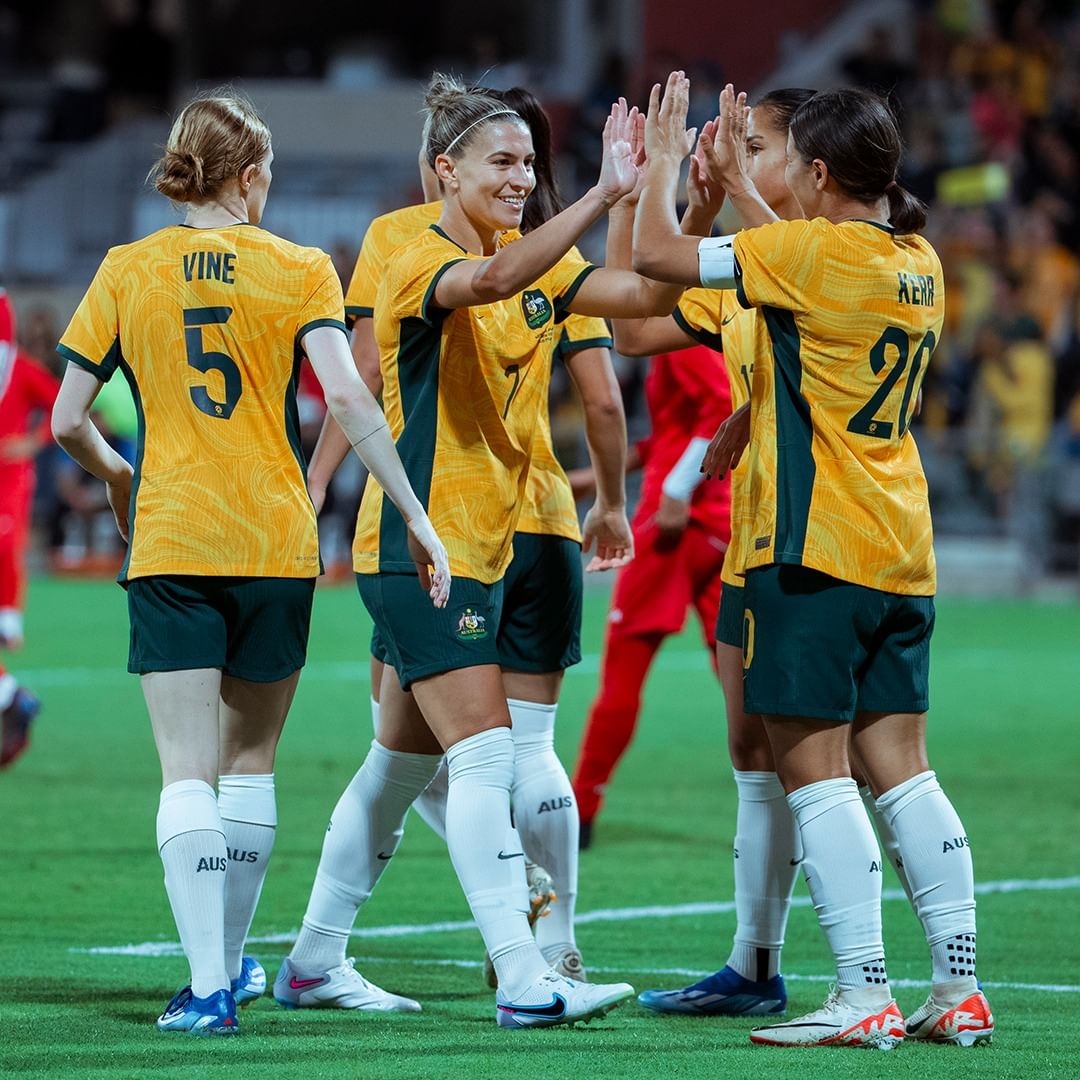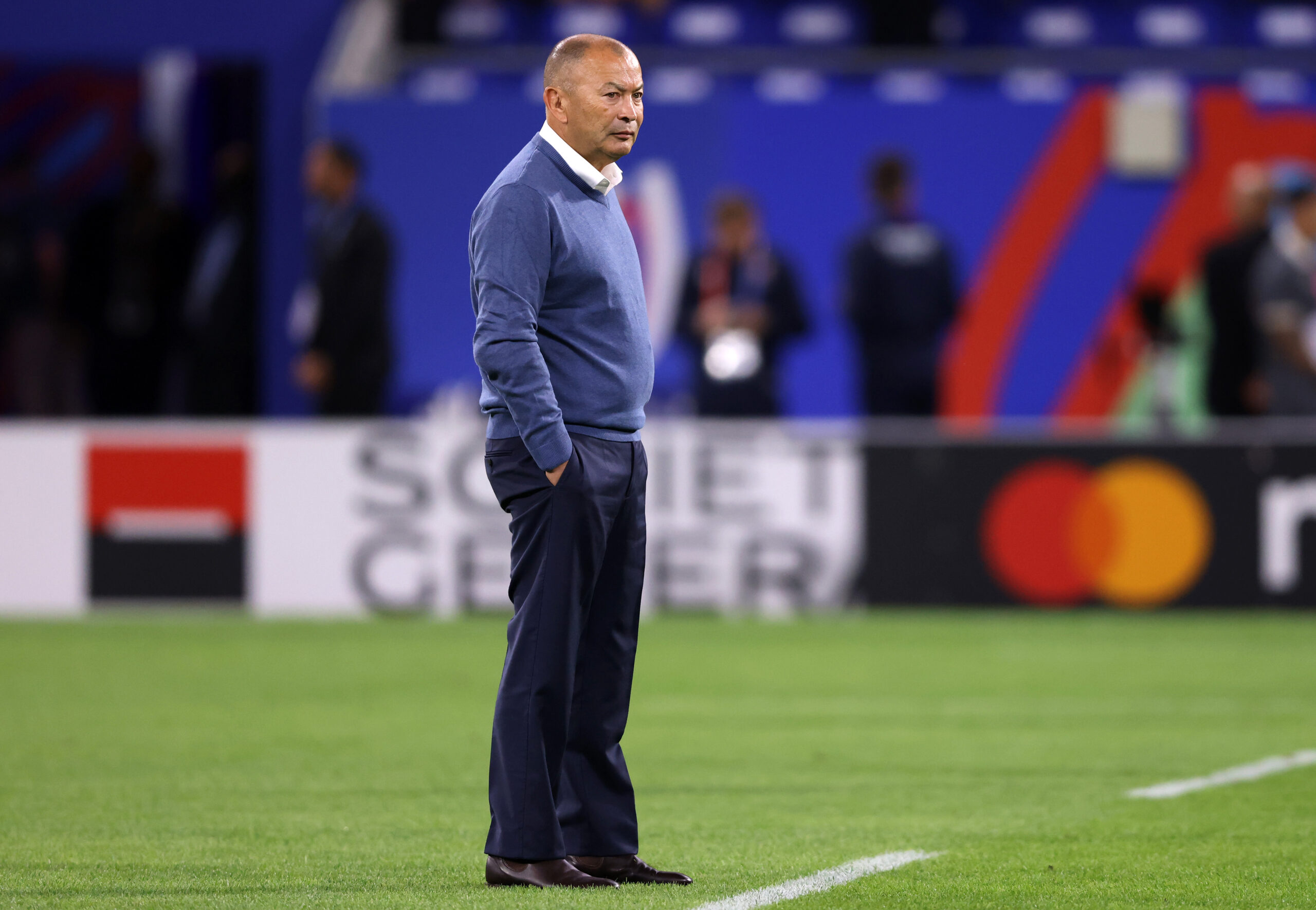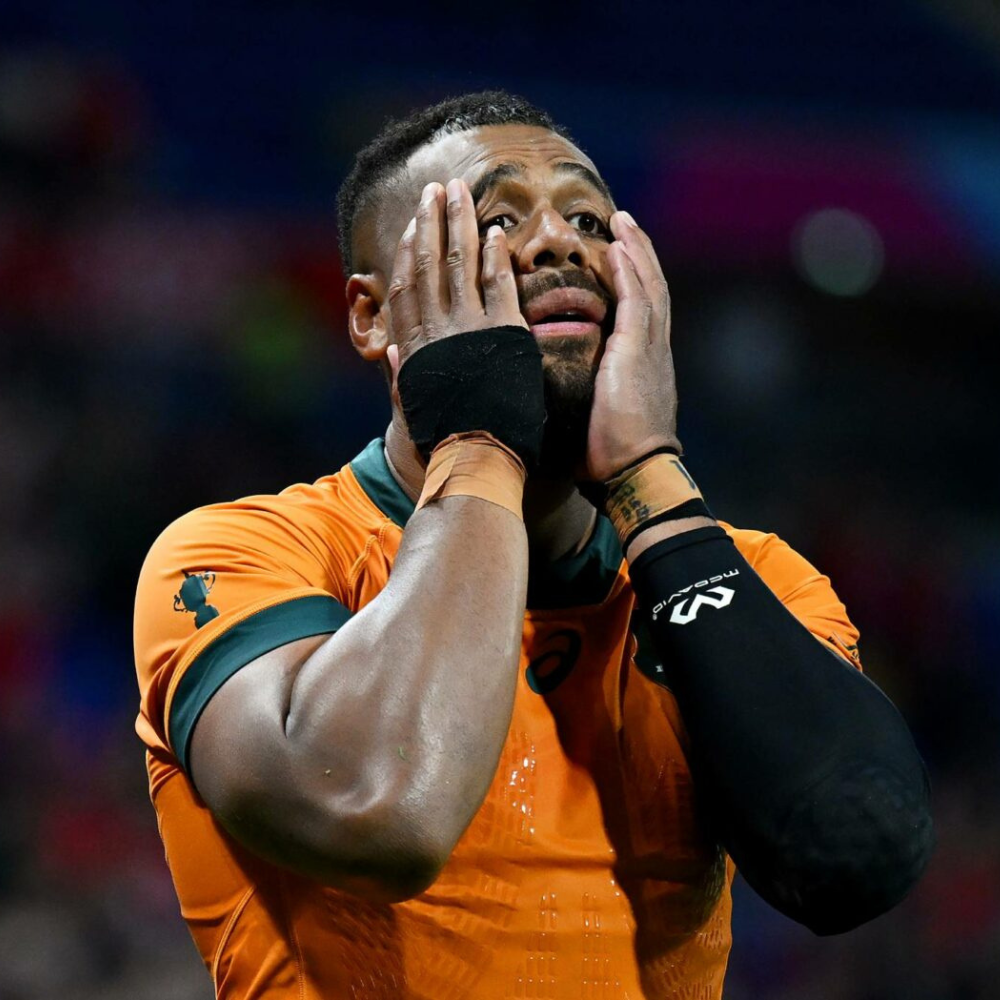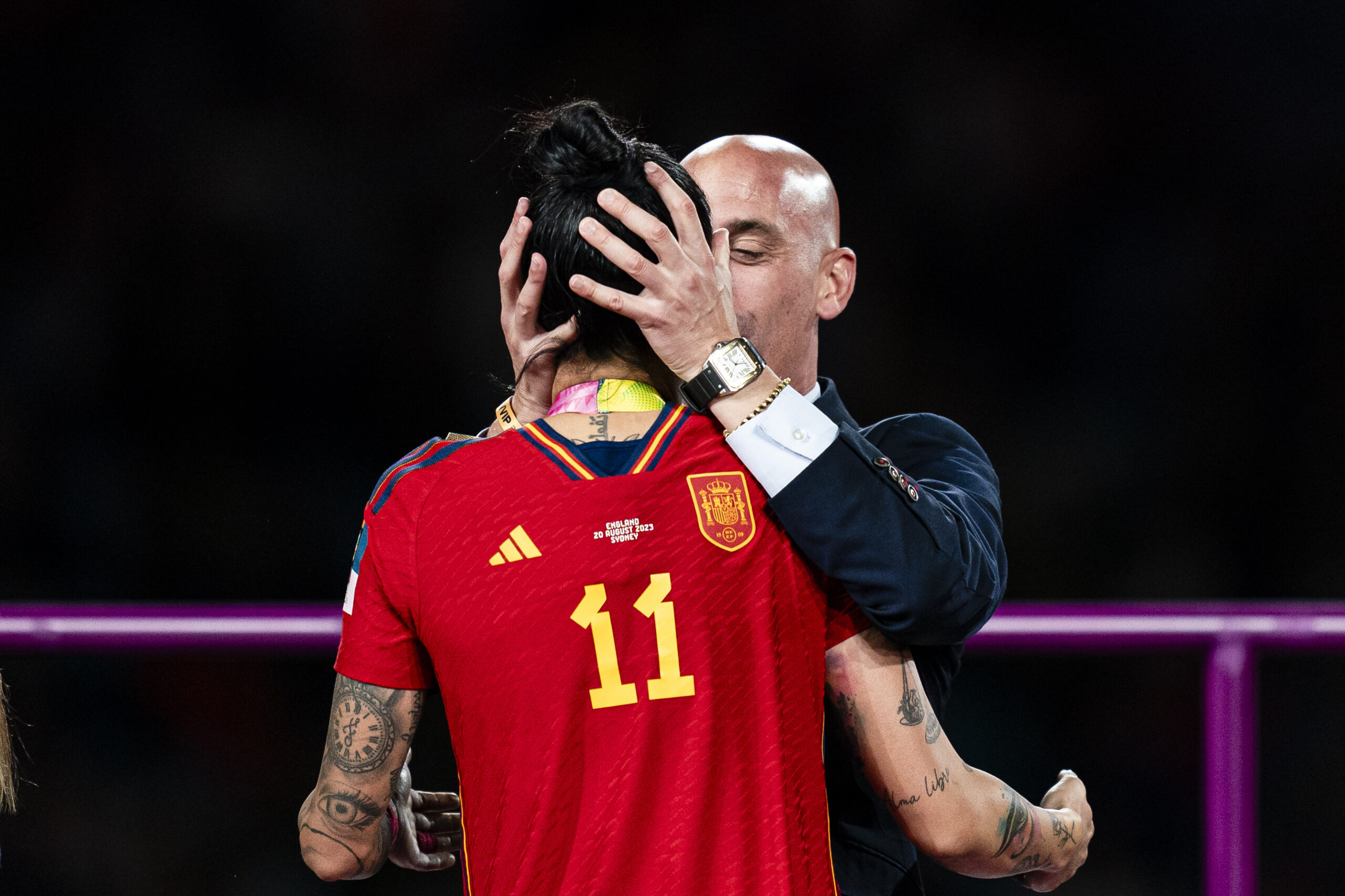Matildas call out FIFA over prize money gap ahead of World Cup
Meanwhile, female cricketers secure the bag.
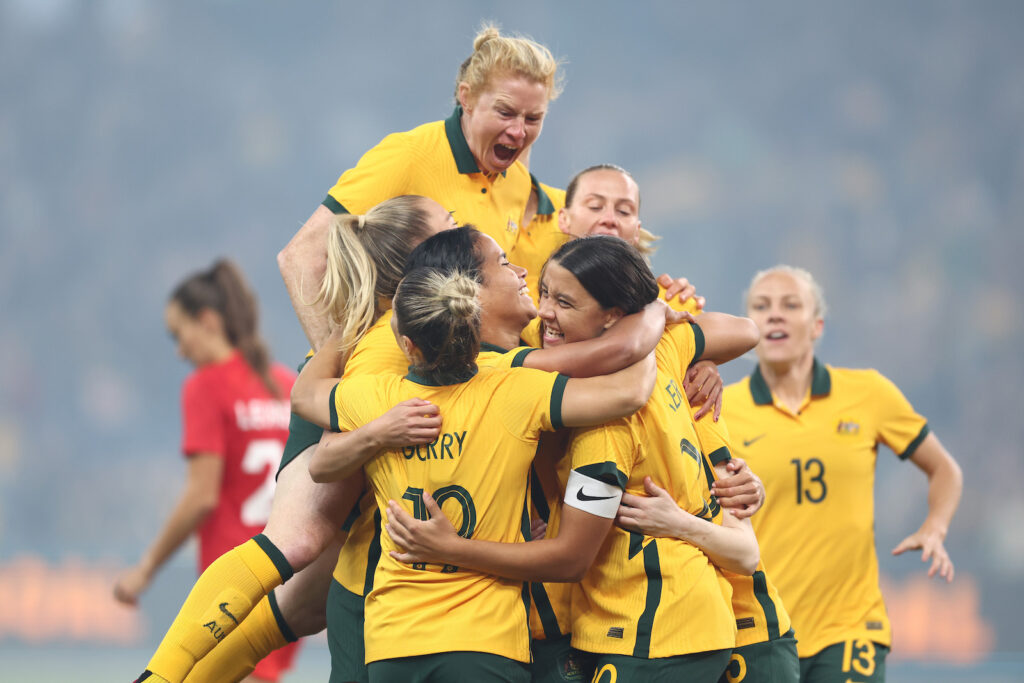
WHEN IT comes to equal pay for female athletes, there is no time like the present. The Matildas released a video message overnight, calling out FIFA’s World Cup prizemoney gender gap and showing their support for rival nations who lack collective bargaining rights.
With the Women’s World Cup (WWC) beginning this Thursday in Sydney, the Matildas have chosen the right time make their point. The video, delivered by the full 23-strong squad, was crafted by the players with help from Professional Footballers Australia (PFA).
“Seven hundred and thirty-six footballers have the honour of representing their countries on the biggest stage this tournament, yet many are still denied the basic right to organise and collectively bargain,” the players said. “Collective bargaining has allowed us to ensure we now get the same conditions as the Socceroos, with one exception – FIFA will still only offer women one quarter as much prizemoney as men for the same achievement. And our sisters in the A-League Women are still pushing to make football a full-time career, so they don’t have to work part-time jobs like we had to.”
The Matildas message comes after the International Cricket Council announced last week that women’s teams will be awarded the same prize money as their male counterparts at International Cricket Council events, including World Cups, from now on. There will also be an even split for winning a match at those events with the ICC stating it has “fulfilled its commitment to reaching prize money equity by 2030 well ahead of schedule”.
The ICC’s move will no doubt increase pressure on FIFA to cough up. If they don’t, we could see future players follow in Aussie cricket star Ellyse Perry’s footsteps and choose cricket over the round-ball game. Here’s a look at the current state of pay in women’s football.
Why are the Matildas speaking out on prize money?
The total $US152 million in prizemoney announced by FIFA for this year’s WWC is far short of the $US440 million the world governing body allocated for the 2022 men’s World Cup in Qatar. On top of that, according to the PFA, once preparation fees are removed, WWC prizemoney equates to $US110 million – a quarter of the men’s, whose preparation fees were not factored into the $US440 million total.
This year’s prizemoney does beat the $US30 million shared by the 24 teams at the 2019 Women’s World Cup and for the first time FIFA will allocate players individual fees, starting at $45,000 per player for group-stage games and rising with each stage. If the Matildas were to win the whole tournament, they would earn $402,000 each, the Sydney Morning Herald reports. Not a bad incentive.
How does the Matildas’ financial situation compare to other countries?
Favourably. The Matildas are one of only a handful of countries who have a CBA in place, along with Denmark, Sweden and the US. England, Canada and Nigeria are in pay disputes with their federations, which could hamper their World Cup campaigns.
How much revenue does the Women’s World Cup make compared to the Men’s World Cup?
According to FIFA, it generated close to $3 billion in broadcast income in 2022, mostly through the TV rights for the men’s World Cup in Qatar. In comparison, the organisation is looking at collecting around $200 million for the WWC, the Wall Street Journal reports. Some will argue that if revenue in the women’s game reaches parity, pay will too. They will argue that it’s for this reason that American male athletes earn significantly more than their Australian male counterparts: Steph Curry earns $70m per season, compared to the $1.25m earned by Dustin Martin, Australia’s highest paid AFL player, reflective of the gargantuan gap in broadcast deals — the AFL’s next deal is worth $4.5b deal, the NBA’s current deal is worth $24b with the league reportedly aiming for a staggering $70 billion in the next deal).
Against this argument, the only response is for the public, both men and women, to buy tickets and tune into the Women’s World Cup. Given the WWC opener between Australia and Ireland is already sold out and will no doubt rate its socks off, it seems we might be on the right track.
Is there a solution to the pay gap
The fact that the ICC is paying female cricketers the same as men will put pressure on FIFA — this is an optics game as much as anything else. Female tennis players were first granted equal pay at the 1973 US Open, though it took until 2007 for Wimbledon to finally cave in. Nowadays we almost take that for granted, as we should. The fact male and female athletes compete alongside each other in tennis’ grand slams allows TV revenue to be shared equally among all players. It also gives female players the same platform and equal exposure as their male contemporaries. If the men’s and women’s football World Cups were rolled into one tournament, the women’s game would attract more fans and there could be more equitable distribution of revenue among all competing athletes, male and female. Will it happen? Doubtful. Huge logistical obstacles would need to be overcome. But after just watching a wonderful Wimbledon tournament featuring an amazing array of male and female talent, it’s surely an idea that needs to be considered.
Related:
Wimbledon Update: Can anyone stop Novak Djokovic?
Andy Murray on the pitfalls of giving advice to younger players





